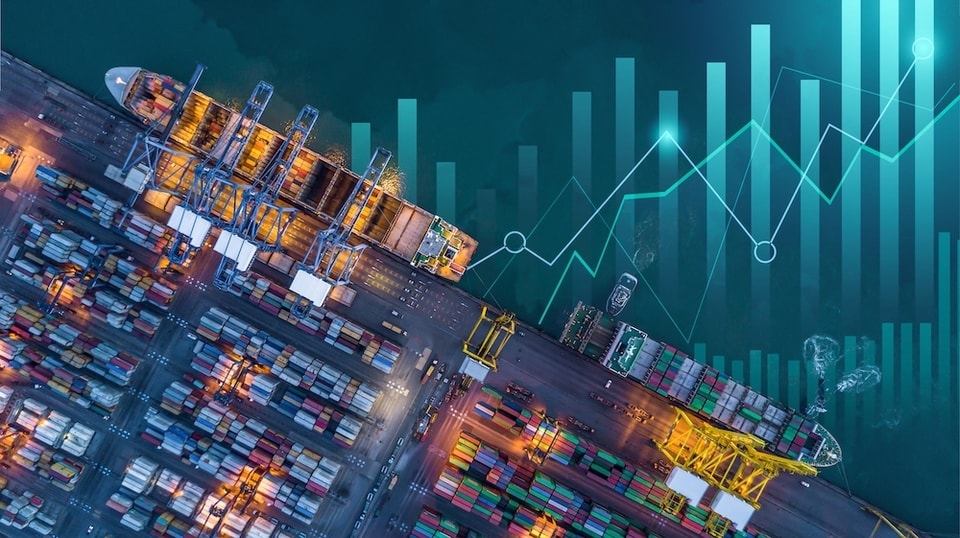Memo Published November 7, 2023 · 4 minute read
A US CBAM: A Win for US Manufacturing
Sufia Alam, Emily Becker, & Ryan Fitzpatrick

In an encouraging sign, lawmakers from both major parties have shown interest in deploying a Carbon Border Adjustment Mechanism (CBAM), a policy tool used to levy fees on imports based on their carbon emissions. Multiple lawmakers have introduced proposals to bring this effective emissions abatement tool to the US:
- In 2021, Senator Chris Coons (D-DE) and Representative Scott Peters (D-CA-52) introduced the FAIR Transition and Competition Act of 2021 which would levy fees on certain carbon-intensive imported goods. The tariff would depend on the projected expenses for US industries to meet environmental regulations.
- In 2022, Senator Sheldon Whitehouse (D-RI) introduced the Clean Competition Act, which would tax both domestically produced and imported goods if their emissions intensity exceeded a certain benchmark.
- Earlier this year, Senators Chris Coons (D-DE) and Kevin Cramer (R-ND) introduced the PROVE IT Act, which takes an initial step towards creating a CBAM by calling for a Department of Energy study comparing emissions intensity in US-produced goods against those from other nations.
- Last week, Senator Bill Cassidy (R-LA) introduced the Foreign Pollution Fee Act which uses a CBAM to target products imported from China and other high greenhouse gas-emitting countries.
In all four proposals, the Senators show a willingness to hold high-polluting nations accountable and encourage emissions reductions via a carbon border adjustment mechanism. But how does a CBAM work? The Carbon Border Adjustment Mechanism places a fee on imported goods based on how much greenhouse gas pollution was created while producing those goods. While individual nations may tailor their CBAM policies differently, a shared element is the introduction of a fee or tax once a specified level of emissions is generated.
Manufacturers in the US tend to be much less carbon-intensive than those in countries like China, India, and Russia. So, by imposing a fee on more carbon-intensive imports, a CBAM makes these products more expensive and incentivizes the purchase of lower emissions goods, like those produced in the US.
As an example, let’s look at the effect of a potential CBAM on steel and aluminum.
The US ranks second lowest for average embodied carbon intensity (i.e., the carbon emissions generated during material production) among major steel producers and ninth among primary aluminum producers. Roughly all steel and 66% of aluminum products imported to the US originate from countries that, on average, produce these materials with higher embodied carbon intensity.
Under a CBAM, US-produced steel will become more competitively priced, creating a competitive advantage over China and other emissions-intensive producers. Third Way’s analysis finds that a US CBAM could help American steel and aluminum producers capture an additional $8.5 billion and $6 billion of their respective markets by 2030. As the private sector continues to invest in low-carbon steel, it will create an average of 30,000 jobs annually through 2050 building, constructing, and operating clean steel facilities.
A lot depends on how the policy is designed. But the evidence is clear: a CBAM can give certain domestic manufacturers a major boost while incentivizing producers around the world to slash emissions in order to access more of the global marketplace.
And Americans are overwhelmingly supportive. According to our public opinion research, while Americans are largely unfamiliar with the concept of a carbon border adjustment policy, nearly three-quarters of voters nationwide are supportive once they hear a brief explanation, with solid support for the policy across party lines and in states with heavy manufacturing and fossil fuel-based economies.
A US Carbon Border Adjustment Mechanism gives American companies a step up in the global marketplace by driving demand for cleaner, homegrown products while also holding the world's biggest polluters accountable. That’s a win for US companies and for the planet.


